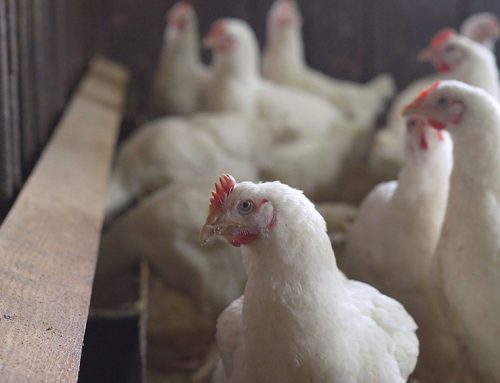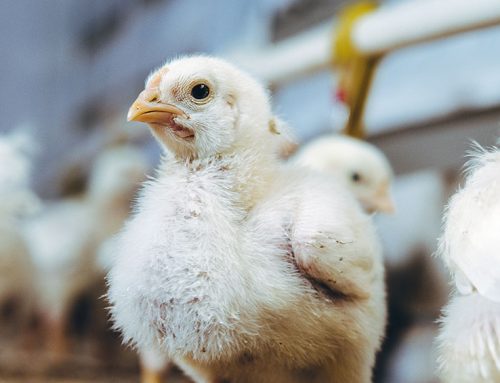This article will explain the key phrases that are often found in the pig industry, and that may not be common knowledge. The domestic pig, sus scrofa domesticus, is farmed globally and at a very prolific rate. Part one of this article defined the physiological and breeding Part two of this article will define some of the industry and general terms.
Carcass terms
Baconer: A pig marketed for bacon and ham, a carcass that weighs 56 kg and upwards.
Porker: A carcass that weighs between 21-55 kg.
Sausage: A carcass weighing more than 90 kg.
Daily dressed weight gain: The dressed weight of the pig divided by the total number of days, from birth to slaughter, expressed as grams per day.
Dressing percentage: A percentage-based value of the finished, processed carcass. The value represents the carcass weight compared to its live weight.
Suckling pig: A carcass that weighs up to 20 kg.
Grower: A pig that has been weaned, of age to be sold or transferred to the breeding herd, that may be slaughtered for meat.
Finisher: A grower pig that is over 70 kg live weight.
Condemnation: A whole pig carcass, or part thereof, that has been condemned.
General terms
Ad libitum (Ad lib): Feed offered without restriction, a pig is allowed to eat as much as it likes.
Condition scoring: A method aimed at estimating how much fat is on the pig’s body, used to determine feeding levels and overall condition.
Controlled feeding/ restricted feeding: The amount of feed that has been rationed out to each individual pig or herd. Usually this amount is lower than the pig’s maximum voluntary intake.
Feed conversion ratio: The total amount of feed that is consumed by a pig, divided by either its live weigh or carcass weight gain, over a total period of time. The ratio is used to determine how much feed in kg is used to produce a kg of weight – either live weight or carcass weight.
Cross-fostering: Placing a piglet with a sow that is not its mother, with the intended purpose of having her suckle it.
Thermal comfort zone: The temperature range at which pigs feel the most comfortable.







Leave A Comment